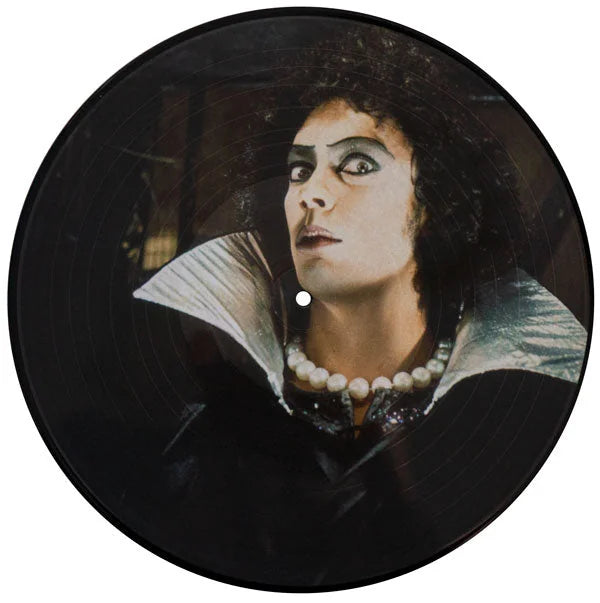Welcome, music enthusiasts! Even in a digital world, the romance of vinyl records remains steadfast and irreplaceable. This blog post aims to unveil the enigmatic charm of vinyl records in their various formats: 45s, LPs, and EPs. Whether you're planning to buy vinyl records for the first time or are a seasoned collector, we're here to deepen your appreciation for this captivating medium.

The Historical Significance of Vinyl Records
The Roots and Rise
Vinyl records first graced the music scene in the early 20th century. Initially, these records were made from shellac, but by the 1940s, manufacturers began using vinyl, a material that proved less brittle and offered better sound quality. During the 1950s and 1960s, vinyl records were at the heart of the youth culture, serving as a soundtrack to the evolving social and cultural landscapes. As rock 'n' roll, jazz, and later the explosive sounds of the Beatles and the British Invasion took over, vinyl became even more deeply embedded in society. Record players became household staples, and vinyl collecting turned into a passionate hobby for many.
Vinyl's Re-emergence in the Contemporary Era
Interestingly, vinyl has made a remarkable comeback in recent years. You don't have to look far to notice it: the rise in popularity of vinyl record shops, whether physical stores or vinyl records online platforms, attests to this renaissance. Both older generations and millennials find something extraordinary in vinyl that digital formats simply can't replicate.
The Different Flavors of Vinyl: 45s, LPs, and EPs
45 RPM Records
These small vinyl discs, typically featuring one song per side, were once the preferred format for singles, and prominently featured in American jukeboxes. Their design and utility reflect a significant period in music distribution, making them more than just a medium for music—they are capsules of cultural history:
- Compact Size: These records are notably smaller than their album counterparts, measuring just seven inches in diameter. This compactness was a revolutionary design choice that allowed for easy storage and handling. Unlike the larger 12-inch albums that require more shelf space, 45s can be easily stored in smaller spaces, making them ideal for casual listeners and serious collectors who are constrained by space. Their size also facilitated quicker production and distribution, making them a practical solution for music publishers and distributors.
- Affordability: One of the key advantages of 45 RPM records is their affordability. Priced lower than full-length albums, they provided a cost-effective way for fans to purchase music, allowing listeners to buy only the hits without investing in an entire album. This affordability made music more accessible to a broader audience, helping to democratize the experience of music ownership. The economic production and smaller amount of material used also contributed to the lower costs, enabling record companies to reach a wider market.
- Nostalgic Value: Each disc is a memento of a particular time and place, often associated with personal memories of youth, dances, first loves, and other significant moments. Collectors and enthusiasts prize 45s for their ability to evoke the past and bring old songs to life in a way that digital formats might not replicate. The tangible nature of flipping the record and dropping the needle offers an engaging, hands-on experience that enriches the listening process.
- Jukebox Staple: In their heyday, 45 RPM records were essential components of jukeboxes, which were everywhere in diners, arcades, and soda shops across America. Their sturdy construction and single-song format made them perfect for the jukebox mechanism, allowing patrons to select their favorite tunes on demand. This role amplified the cultural impact of the 45s, embedding them deeply into the social fabric of the time. They not only provided the soundtrack to many social interactions but also helped artists reach a wider audience through public play.
These records continue to be celebrated by vinyl collectors and music enthusiasts, who appreciate both the sound quality of vinyl and the rich history these small discs embody. As a bridge between the past and present, 45s ensures that the vinyl experience remains a vibrant and cherished part of the music world.
Long Play (LP) Records
LPs, which burst onto the scene in the late 1940s, fundamentally altered the landscape of music consumption and production. Introduced by Columbia Records, LPs were designed to spin at a slower speed of 33 1/3 revolutions per minute, a significant shift from the then-standard 78 RPM. This innovation extended playtime from a mere few minutes per side to over 20 minutes, allowing for up to an hour of music on a single disc. If you visit stores that sell vinyl records, LPs are what you'll find in abundance, particularly for albums that demand uninterrupted, start-to-finish listening.
Extended Play (EP) Records
Falling somewhere between a single and a full-length album, EPs serve various purposes. They're a terrific way to showcase emerging artists or to deliver unique collaborations between established musicians. EPs often introduce new material that doesn't fit the mold of an album, and if you're scoping the best place to buy vinyl records, EPs offer a fantastic, bite-sized introduction to an artist's work without the commitment of a full-length album.

The Sensory Experience of Vinyl
The Tactile Satisfaction
Vinyl records offer a tangible and sensory experience that's hard to match. Every time you handle a vinyl, there's a beautiful ritual involved. You begin by gently taking the record out of its protective sleeve, feeling the cool, smooth surface of the disc. The action of placing it carefully onto the turntable is a deliberate and mindful one, creating a deeper connection between you and the music. Visiting an old-fashioned records shop brings its own set of joys. The act of flipping through stacks of records, feeling their weight and unique texture, is a nostalgic experience. This hands-on engagement with music is something that digital formats, despite their convenience, have yet to match. There's a tactile satisfaction that's deeply ingrained in the vinyl experience.
The Art of the Cover
Album artwork has not just been about visuals, but it's a reflection of music culture. Vinyl records, with their spacious covers, provide artists with a broad canvas to create elaborate and detailed artwork. These designs don't just complement the music; they often tell a story of their own. While modern record store websites or online vinyl platforms may showcase previews of these artworks, it's an entirely different feeling to hold and see the full-sized, tangible version. The colors, the textures, and the details come alive when you can touch and feel them.
The Warmth of Vinyl Sound
Listening to vinyl has a certain warmth and depth that digital formats often miss. This isn't just about audio quality but the soulful, rich experience vinyl brings. Many audiophiles and music enthusiasts often mention this unique "organic" sound quality, which seems to bring out the nuances in music that digital formats sometimes gloss over. It's this warm acoustic allure, almost like a cozy blanket for your ears, that draws people back to vinyl. Whether they opt to buy vinyl records online or savor the experience in physical stores, the appeal of vinyl's sound is undeniable and continues to be a major reason for its enduring popularity.
Criteria for Starting or Expanding Your Vinyl Collection
Pressing Quality
Pressing quality is a fundamental aspect to consider when starting or expanding your vinyl collection. A vinyl record's pressing quality can significantly affect its sound clarity, fidelity, and overall listening experience. Poorly pressed vinyl can result in audio issues such as excessive noise, distortion, or skips, which diminish the enjoyment of the music. When vinyl records shopping, it is essential to seek out reviews or consult with experts who can provide insights into the quality of specific records or pressings. Look for records pressed at reputable plants and or social media groups where enthusiasts discuss and rate the quality of different pressings.
Packaging Intricacies
Vinyl record packaging is essential not just for its protective function but also for its role in enhancing the collector's experience. This packaging can elevate a simple music album to a treasured piece of art, making it a significant aspect of the music industry's physical media segment:
- Protection: Quality packaging for vinyl records is paramount, serving as the first line of defense against environmental hazards such as dust, moisture, and physical damage. Robust materials and thoughtful design ensure that the vinyl remains pristine from the moment it is manufactured until it reaches the listener's hands. Well-designed packaging includes sturdy outer covers, inner sleeves that prevent scratches, and additional buffering materials that help the record withstand shocks during transportation. Collectors highly value such features, as they maintain the longevity and sound quality of the vinyl.
- Collectible Inserts: Vinyl packaging often includes various collectible inserts that enrich the listener's engagement with the album. These inserts, such as lyric sheets, large-format posters, and exclusive photographs, provide an immersive experience that digital formats cannot replicate. They also offer artists a canvas to express their vision or add context to the music, making each record a unique artifact. For collectors, these inserts are treasures that provide a deeper connection to the music and the artist, often becoming as coveted as the records themselves.
- Condition Importance: The condition of a vinyl record's packaging significantly influences its collectibility and market value. Pristine, unblemished packaging is a priority for collectors, as any signs of wear or damage can greatly diminish the visual appeal and potential resale value of the record. This inspects packaging a critical aspect of the purchasing process, especially in markets where vinyls are sold second-hand or are highly circulated.
- Inspection Advice: When purchasing the best vinyl albums to buy, whether in a physical store or online, it is crucial to inspect the packaging with a discerning eye. Look for any signs of damage, such as dents, tears, or discoloration, which could indicate improper handling or storage conditions. For online purchases, inquire about the packaging quality and request photos to verify the condition before buying. Proper inspection ensures that you not only preserve the historical and aesthetic value of the vinyl but also secure a satisfactory addition to your collection.
Understanding these facets of vinyl record packaging highlights its role not just in protection but as an integral component of the music enthusiast's experience, bridging the gap between simple listening and a full sensory appreciation of an album.
Mastering Sources
The source from which a vinyl record is mastered can greatly influence its sound quality. Mastering sources refer to the original audio materials used for the vinyl pressing. Vinyl enthusiasts often seek records mastered from original analog tapes, which are believed to offer superior sound depth and authenticity. Researching the mastering sources is crucial when searching for the best vinyl albums to buy. This might involve reading liner notes, consulting with experts, or joining online forums where such information is shared among audiophiles. Some reissued albums may be sourced from digital files, which can still provide excellent sound quality if handled with care during the mastering process. Knowing the mastering source helps ensure that you are getting a product that meets your audio expectations and preserves the integrity of the original recordings.

Where to Start?
Beginning a collection can seem daunting due to the vast array of choices available. A practical approach for newcomers is to start with music genres or artists that resonate personally. This focus not only makes the collecting process more manageable but also more enjoyable. You can start by visiting local record stores or browsing online vinyl stores to explore available options. Many communities also offer record fairs and meetups, providing opportunities to connect with other collectors who can offer recommendations and insights. Starting with popular albums known for their excellent sound quality can also be a rewarding strategy, as these often guarantee a satisfying listening experience. As your collection grows, so will your knowledge and appreciation of different music styles, pressing qualities, and the artistic value of vinyl records.
Vinyl records, whether they're 45s, LPs, or EPs, offer a unique blend of tactile, visual, and auditory experiences that other music formats simply can't match. Whether you're browsing through an old records shop or perusing record store websites for the latest releases, each vinyl format offers a unique avenue to deepen your appreciation for the musical arts. So, what are you waiting for? Dive into the enchanting world of vinyl collecting, equipped with the know-how to appreciate and discern its many facets.
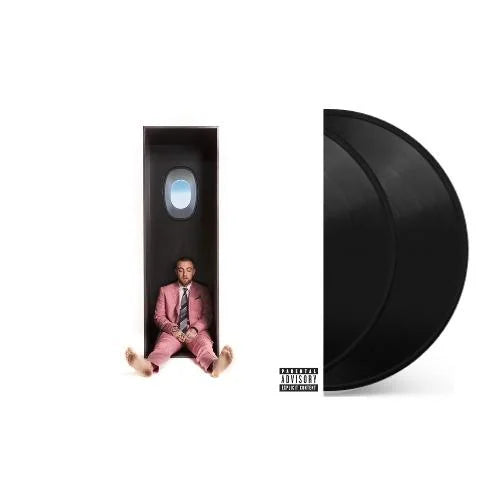
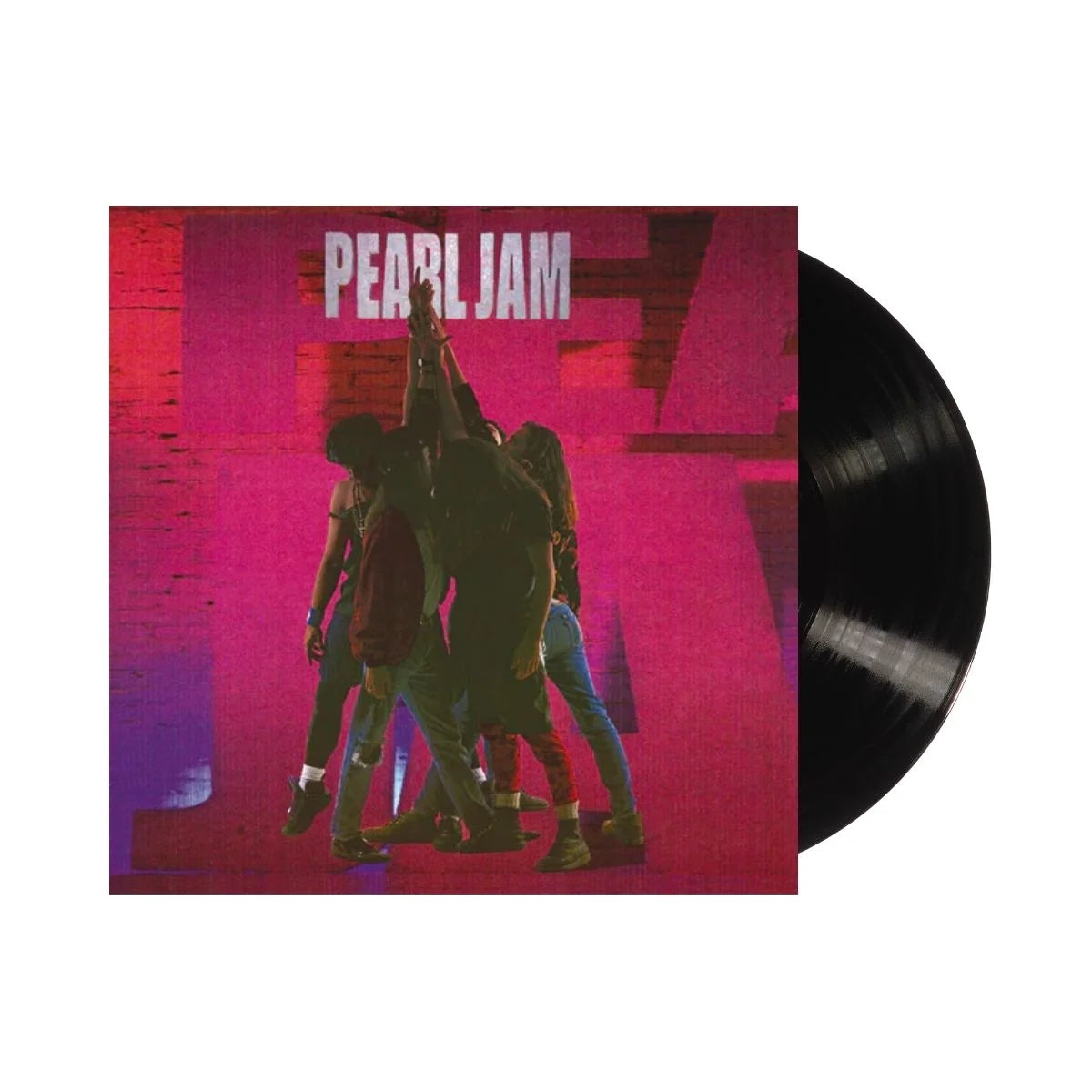
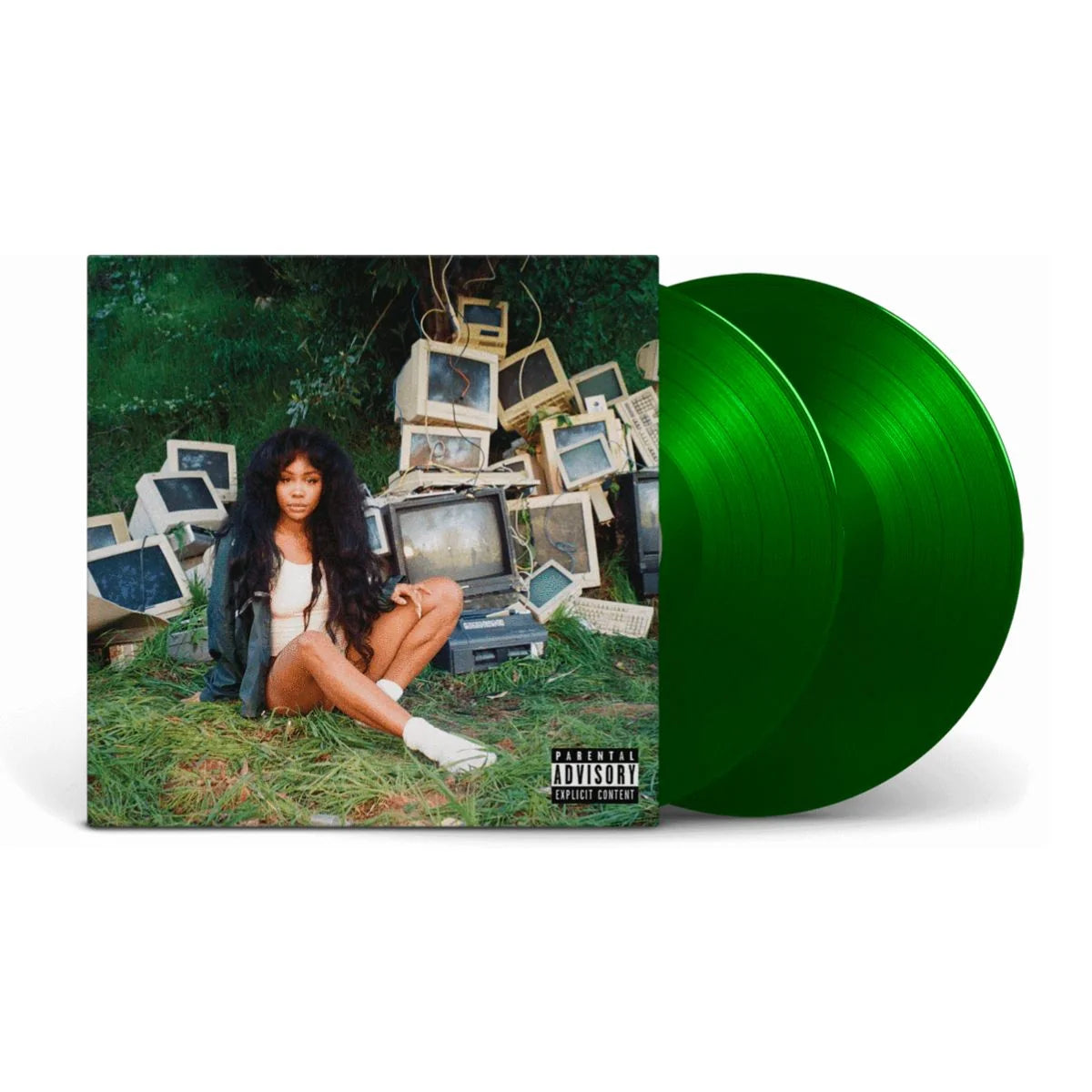
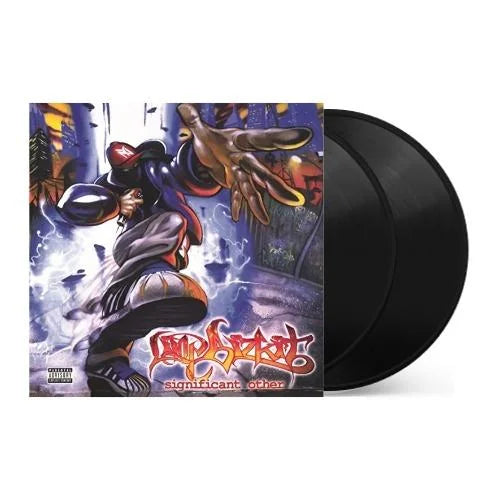
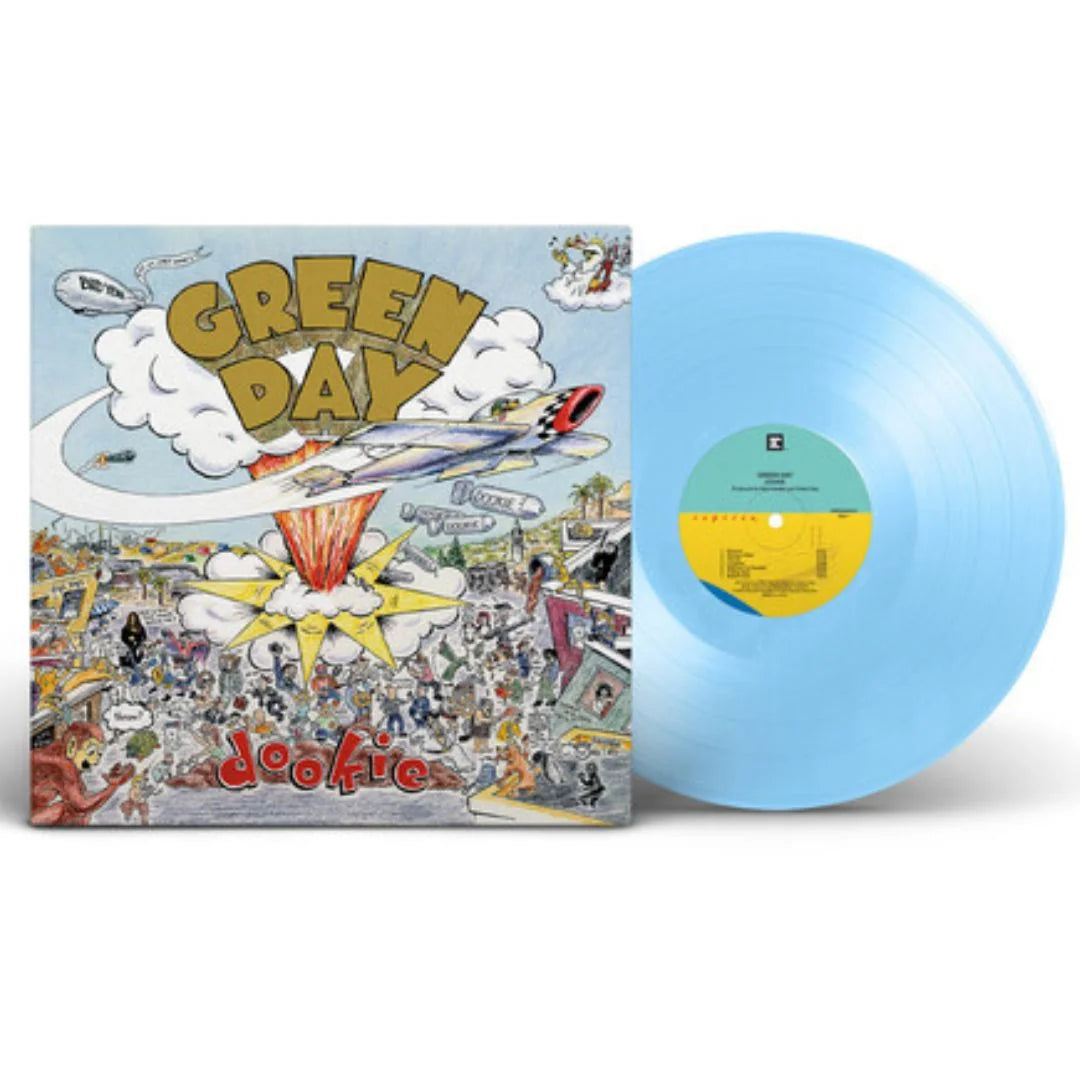
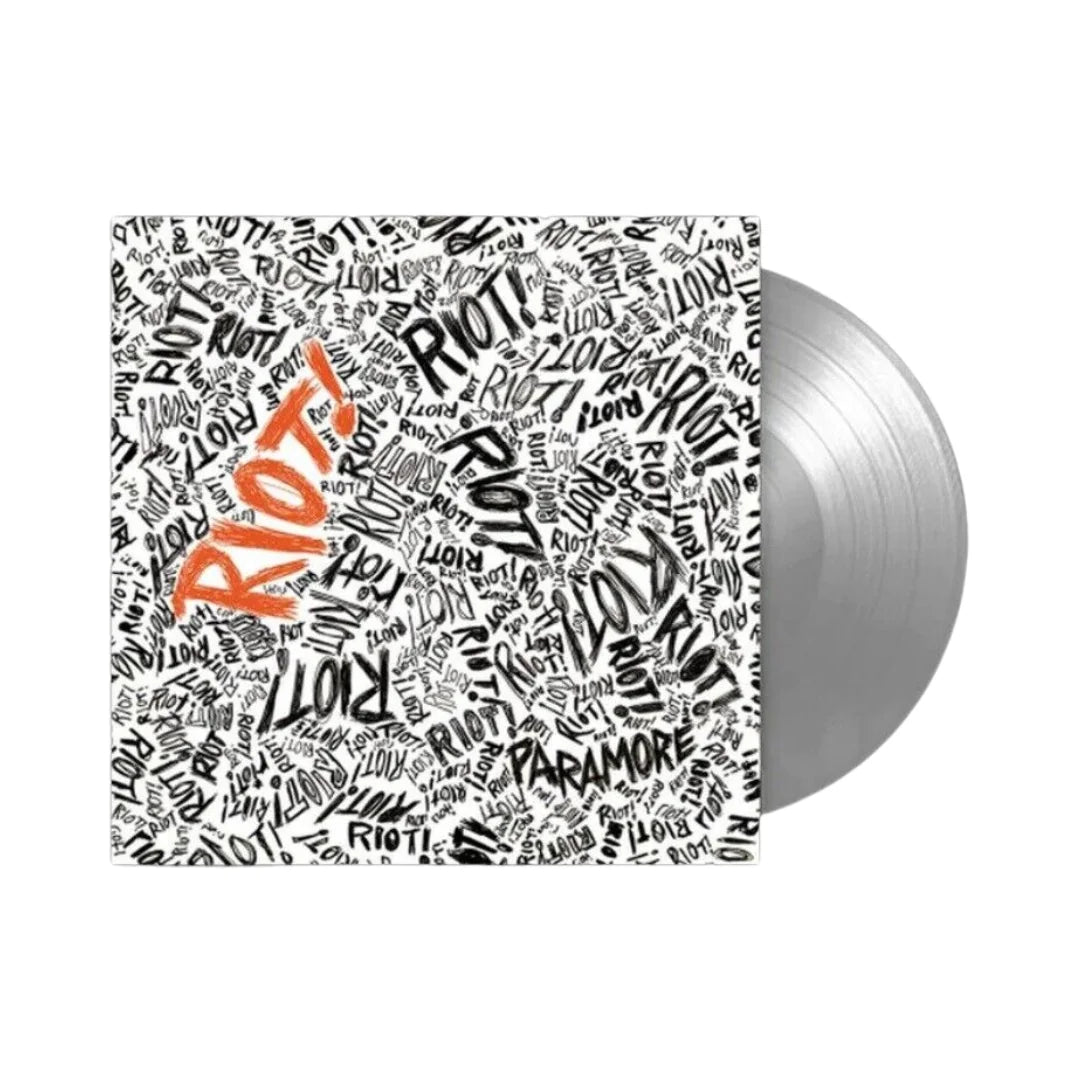
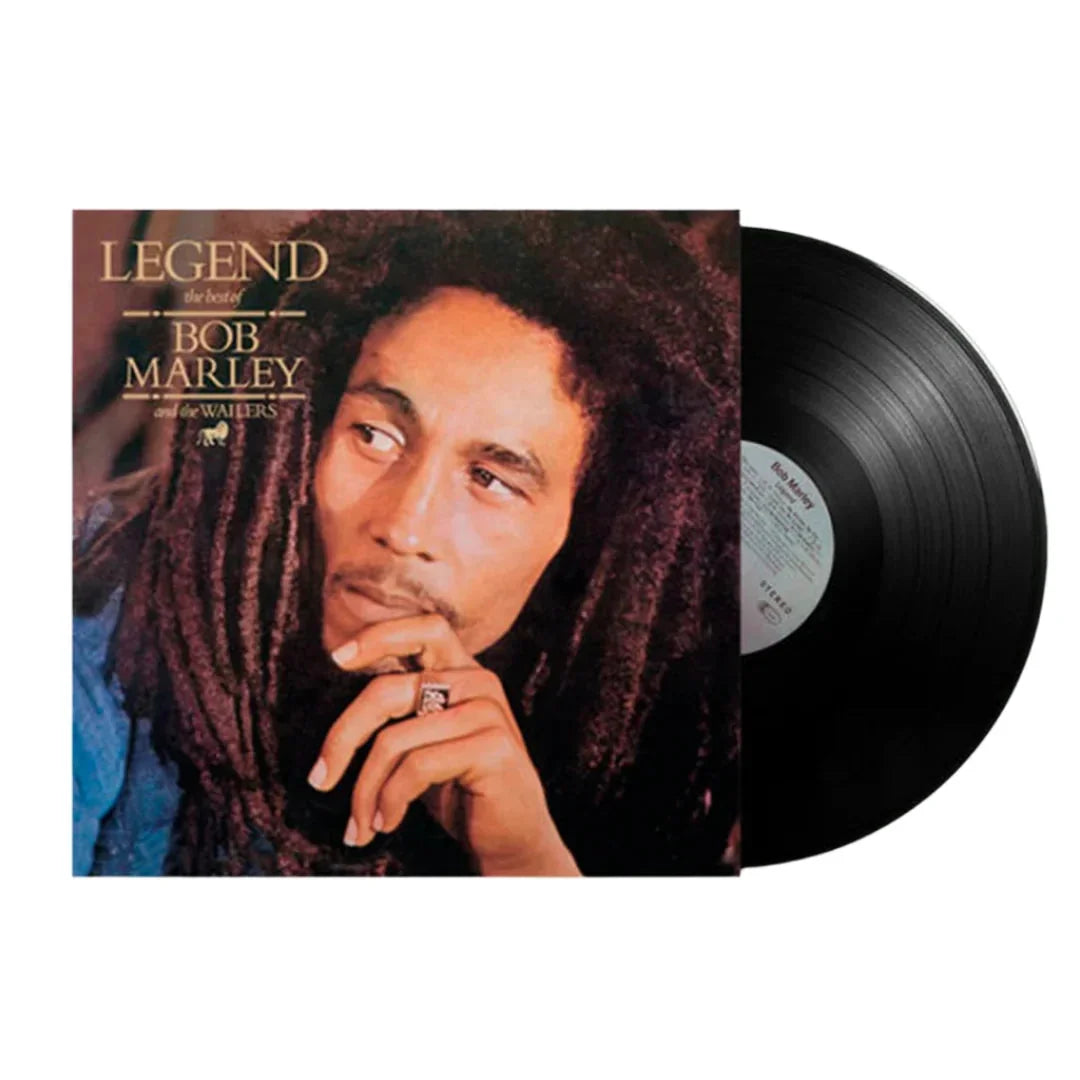
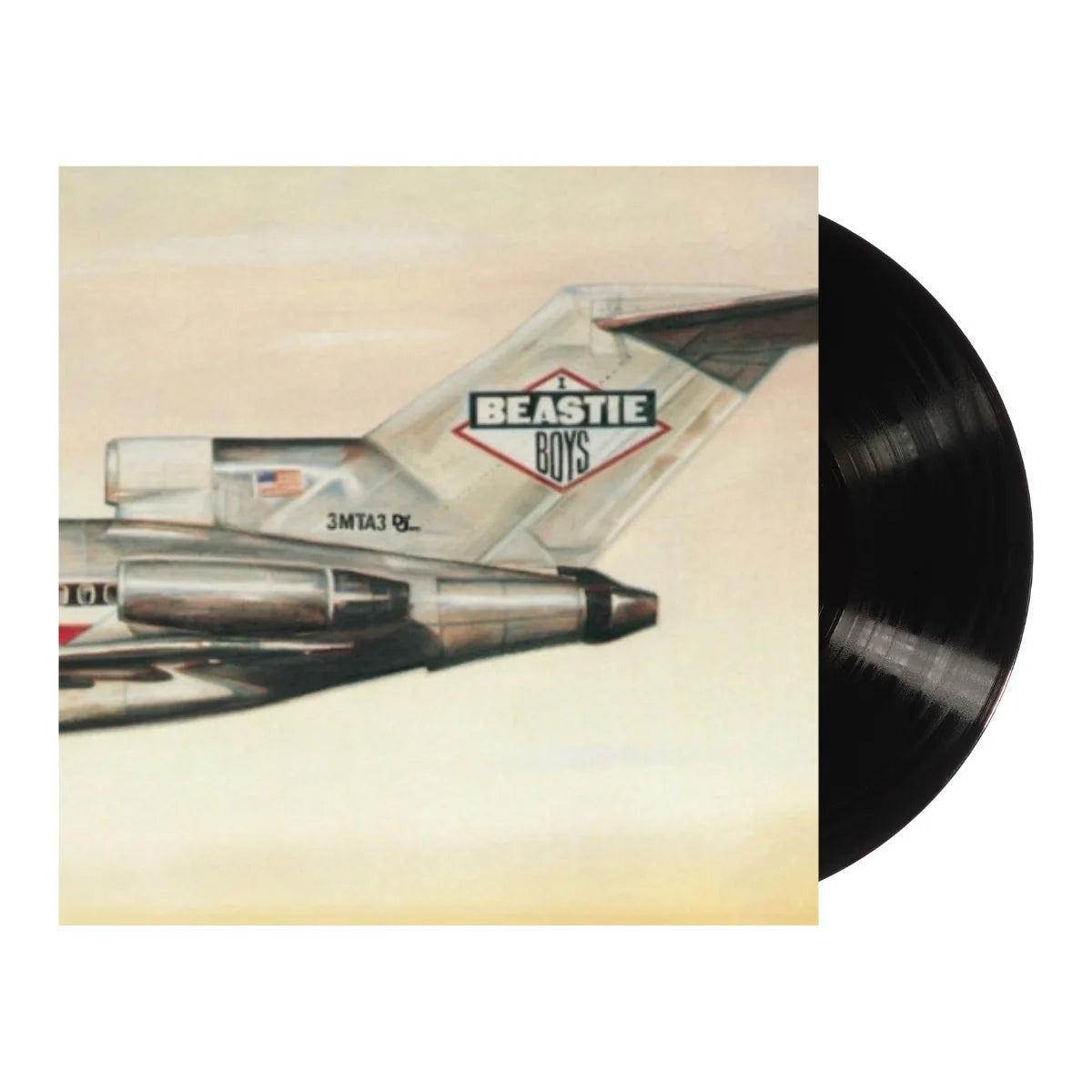
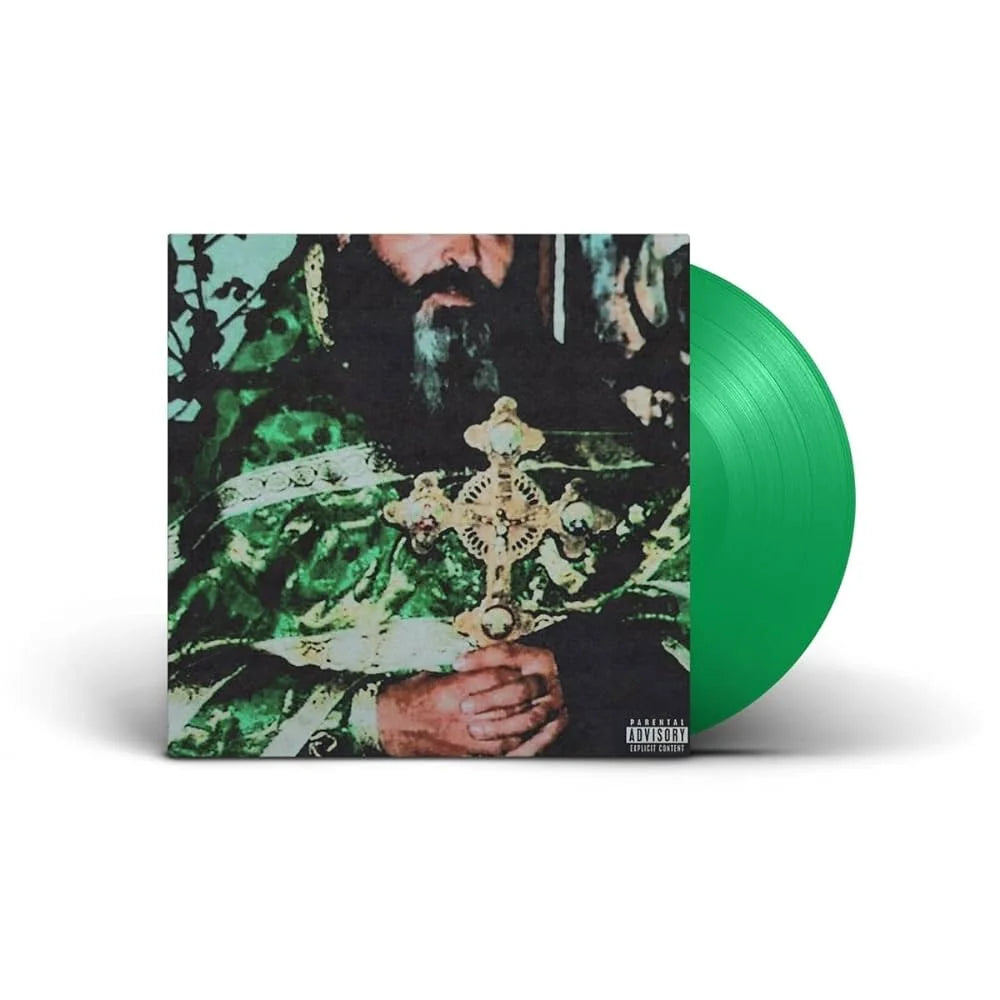
![(hed) p.e. - New And Improved [Pink]](http://vinyl.com/cdn/shop/files/4425252-3389420.jpg?v=1746578880&width=5760)
![1 Locate S - Wicked Jaw [Sky Blue]](http://vinyl.com/cdn/shop/files/4217742-2982879.jpg?v=1693273095&width=5760)


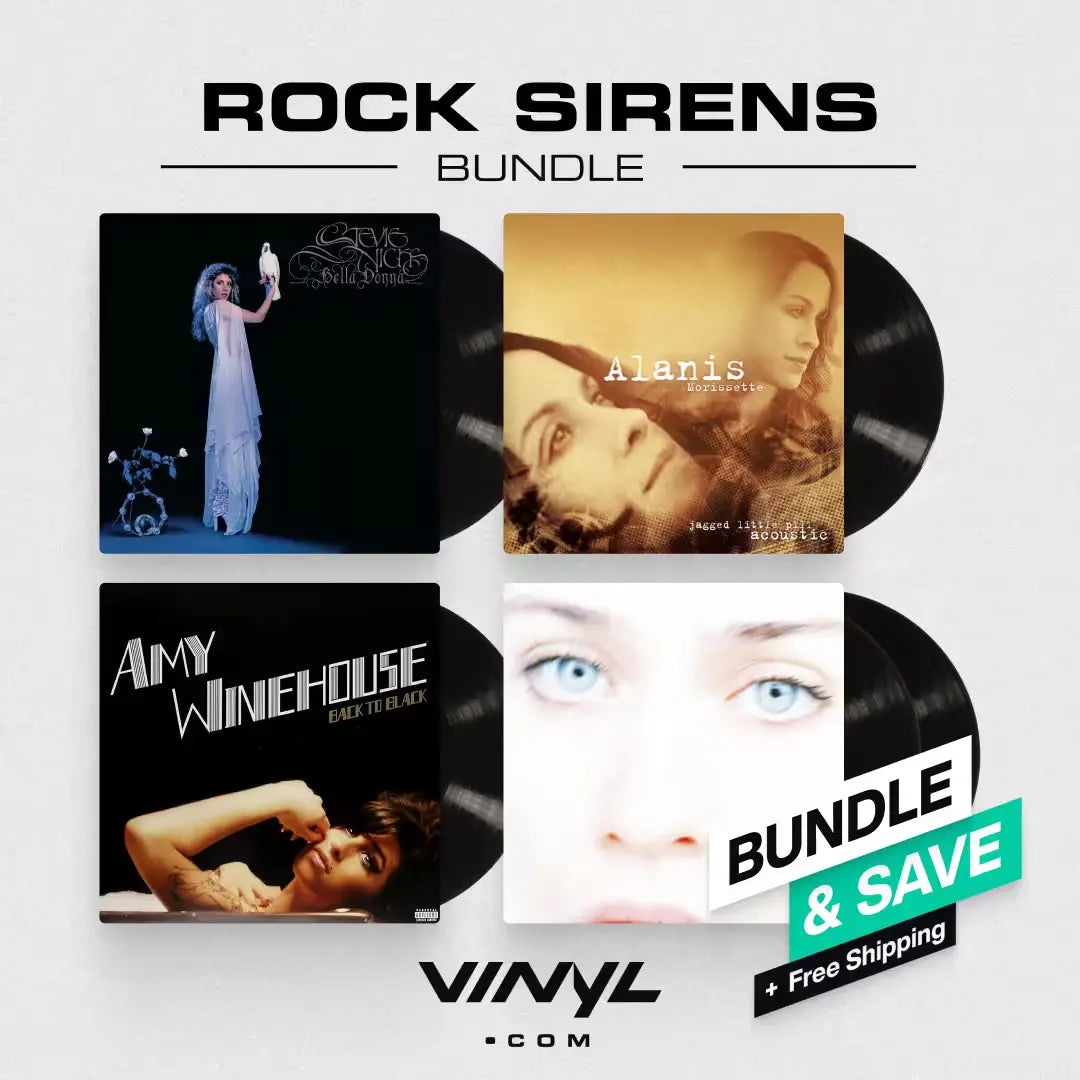
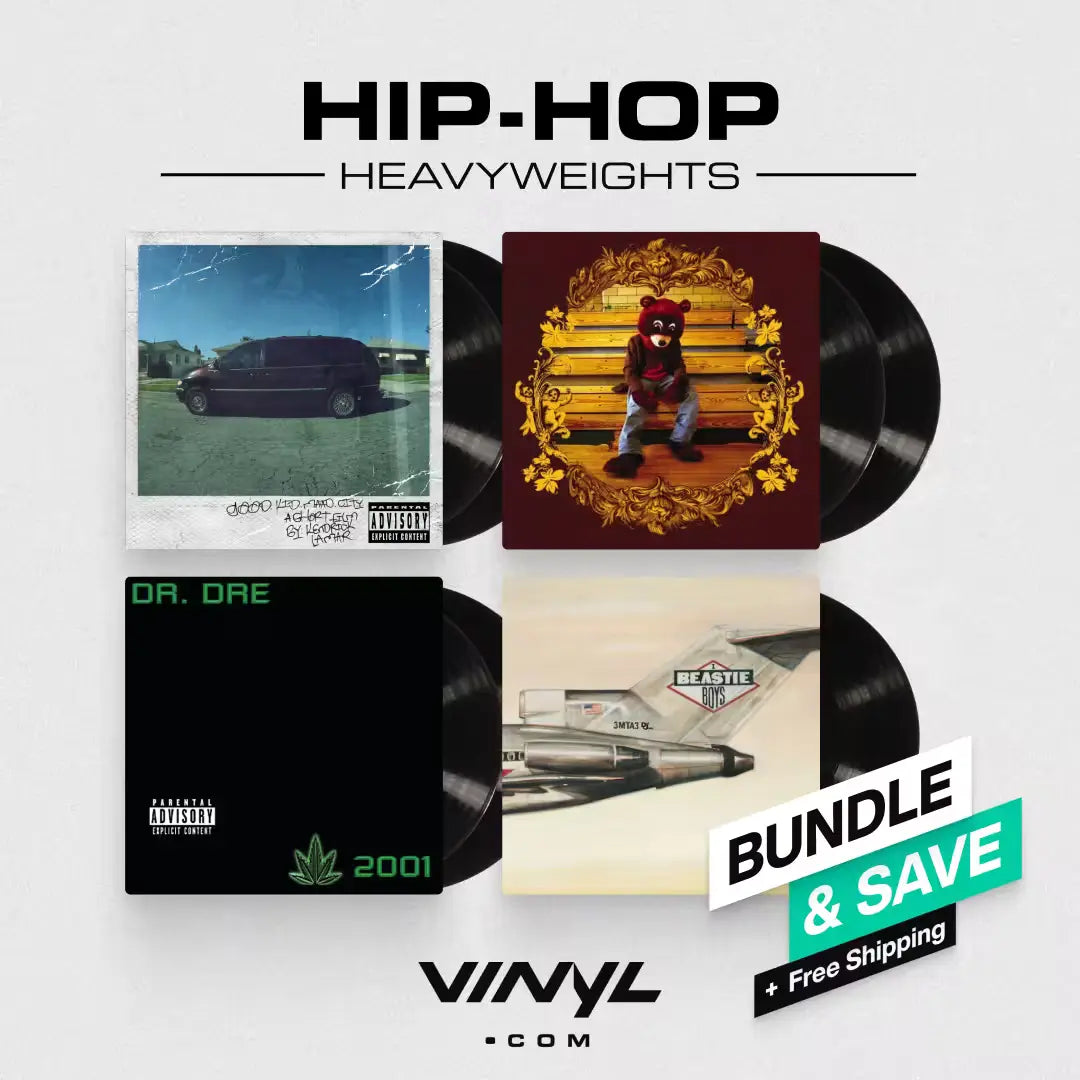



![Fleetwood Mac - Fleetwood Mac 1975 To 1987 [Clear 6LP Box Set]](http://vinyl.com/cdn/shop/files/2RHILP81833__61378.jpg?v=1743391443&width=5760)
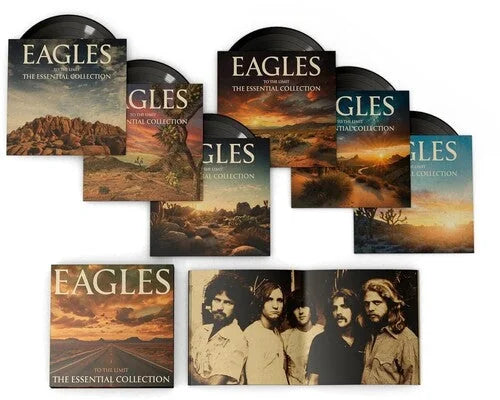
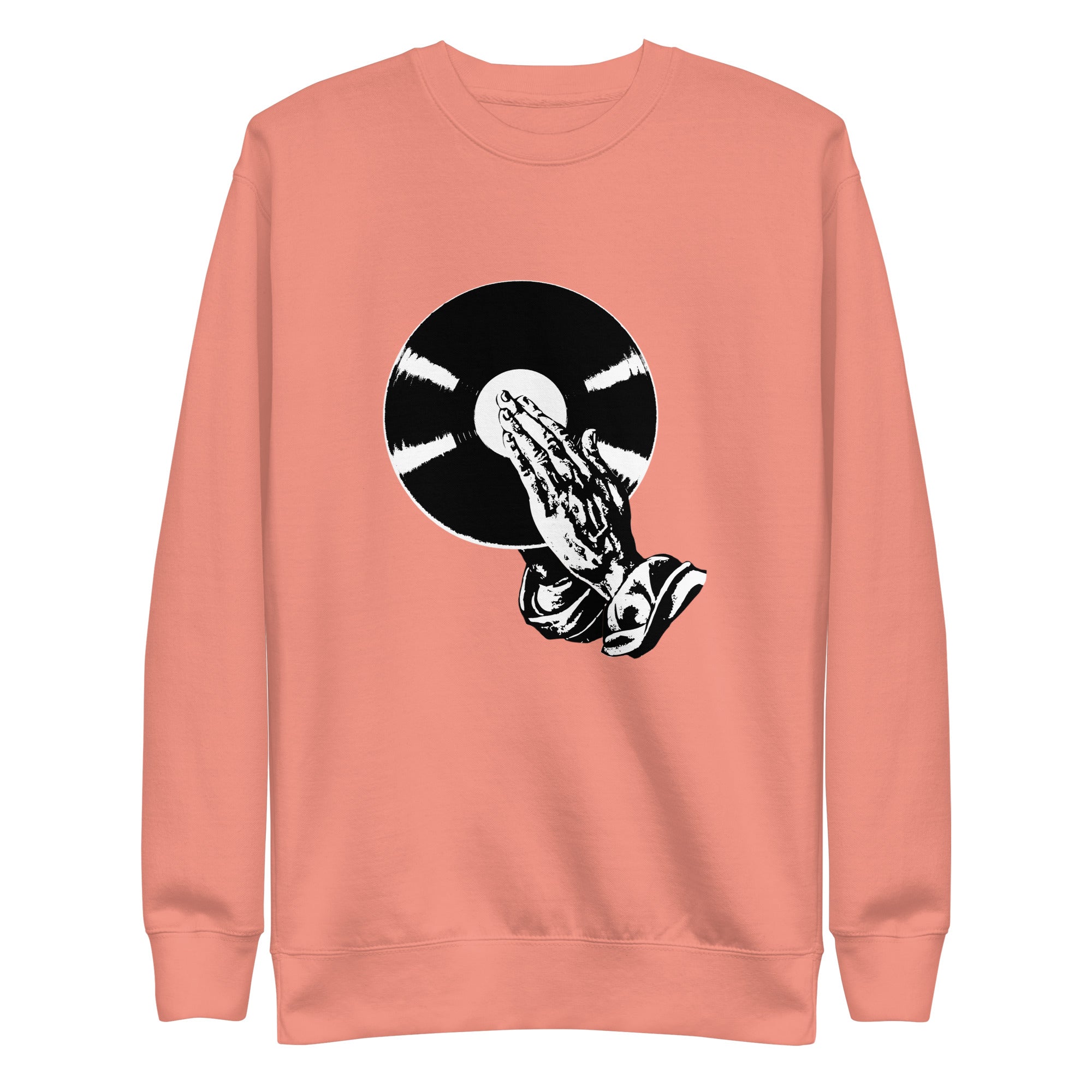
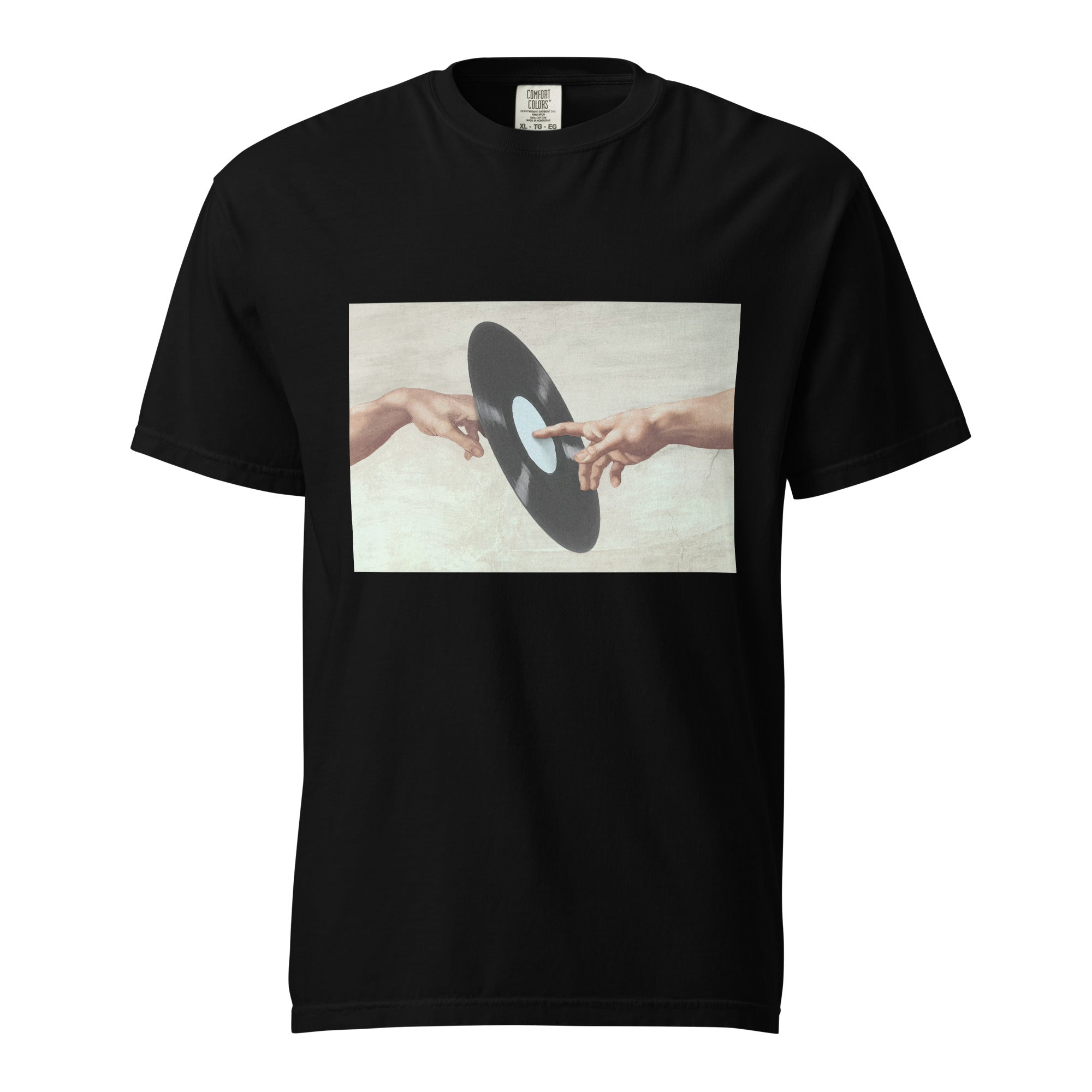
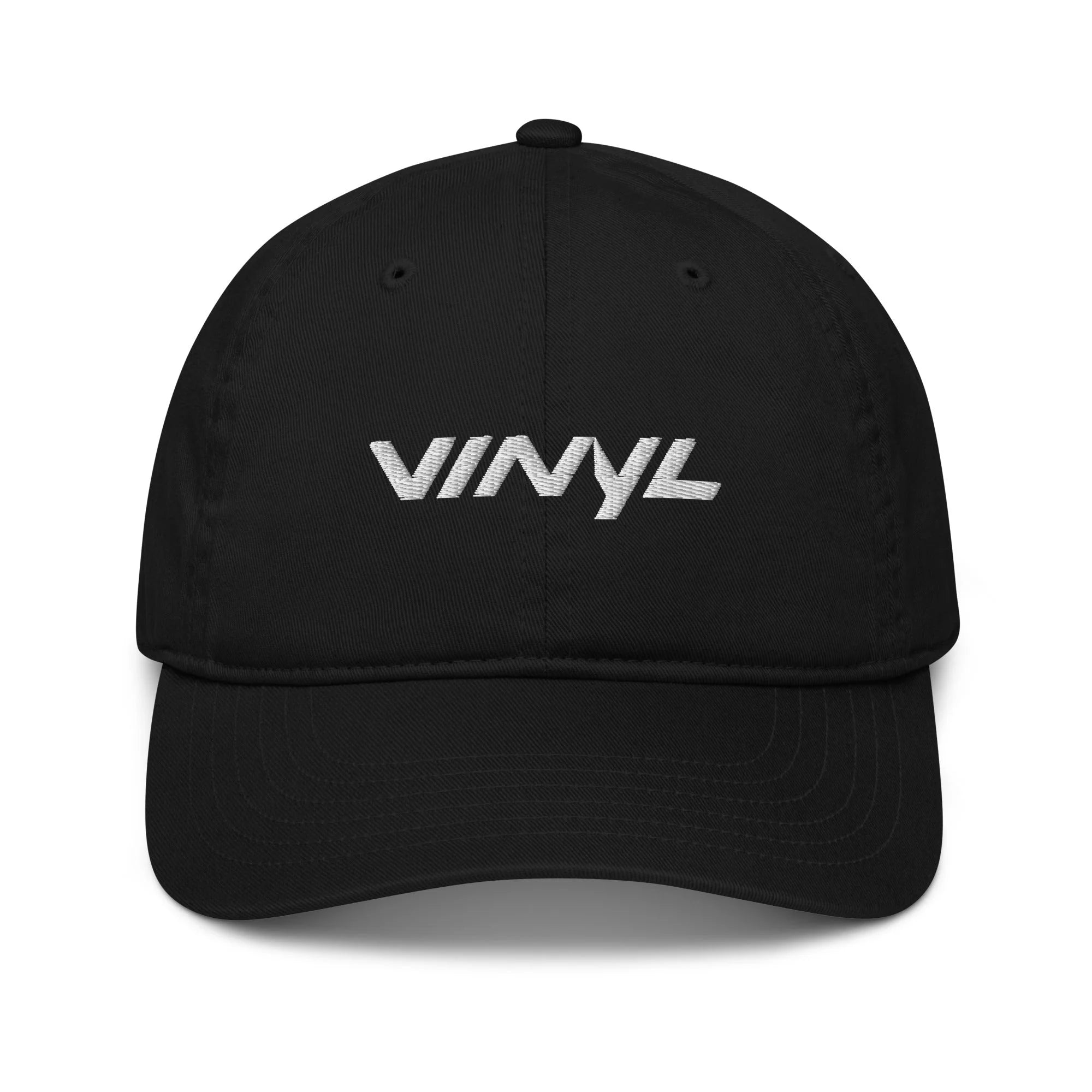
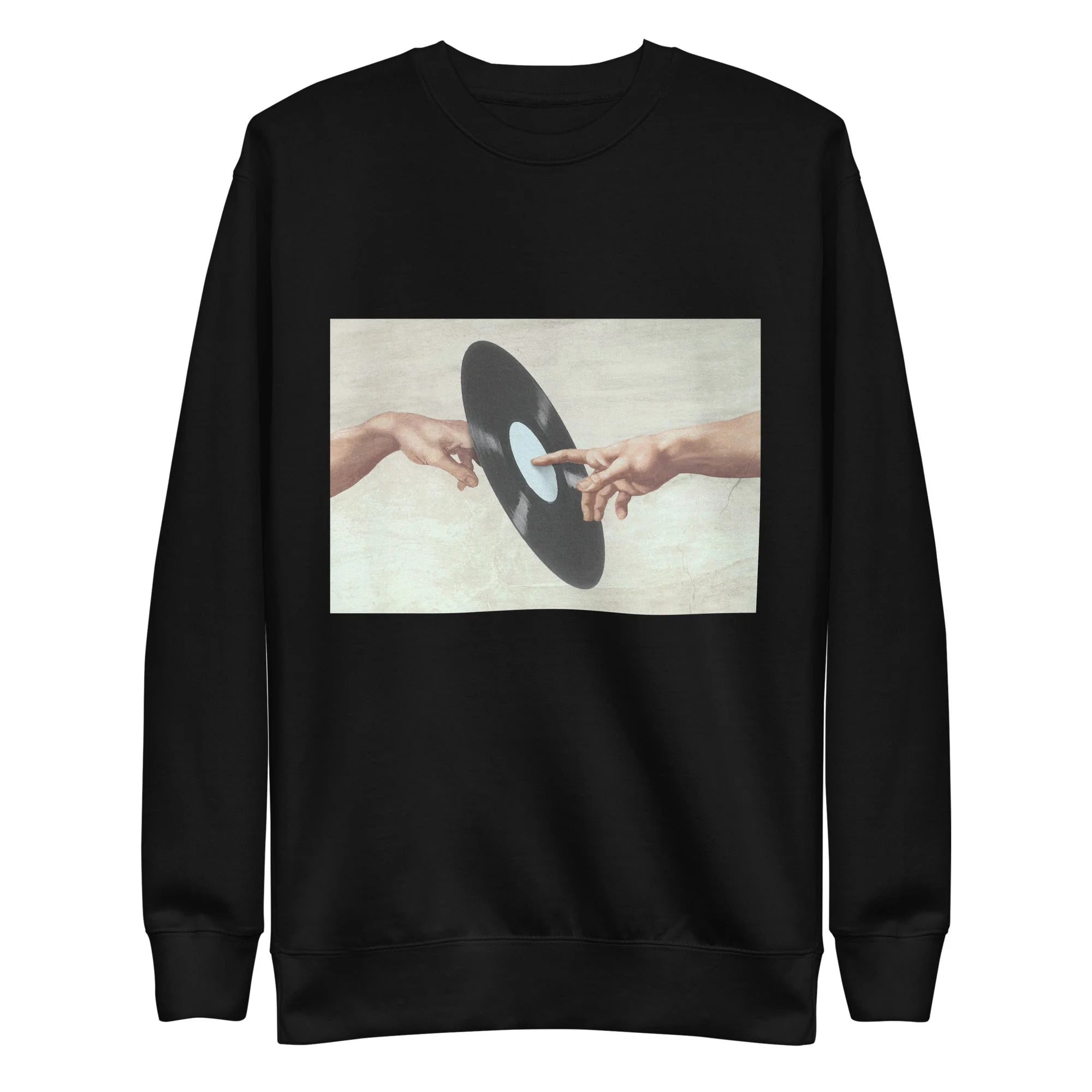
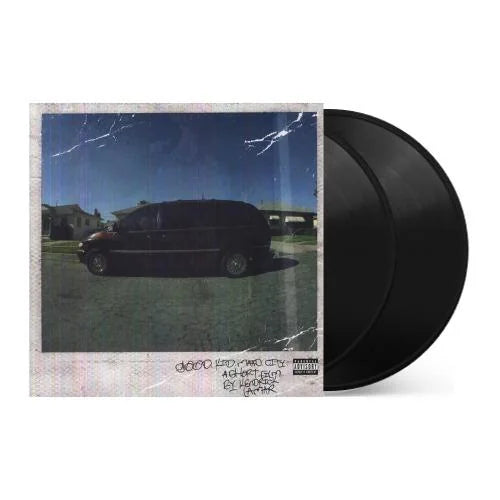
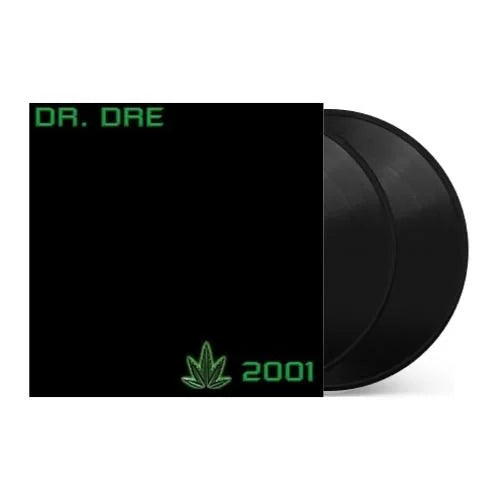
![Taylor Swift - 1989 (Taylor's Version) [2LP Crystal Skies Blue]](http://vinyl.com/cdn/shop/files/taylor_swift_1989_taylors_version.jpg?v=1734389117&width=5760)
![Taylor Swift - folklore [Beige 2LP]](http://vinyl.com/cdn/shop/files/477929-Product-0-I-637317959467683009_grande_a6f82db0-1cb7-45c5-8892-ed79af261e80.webp?v=1736750683&width=5760)
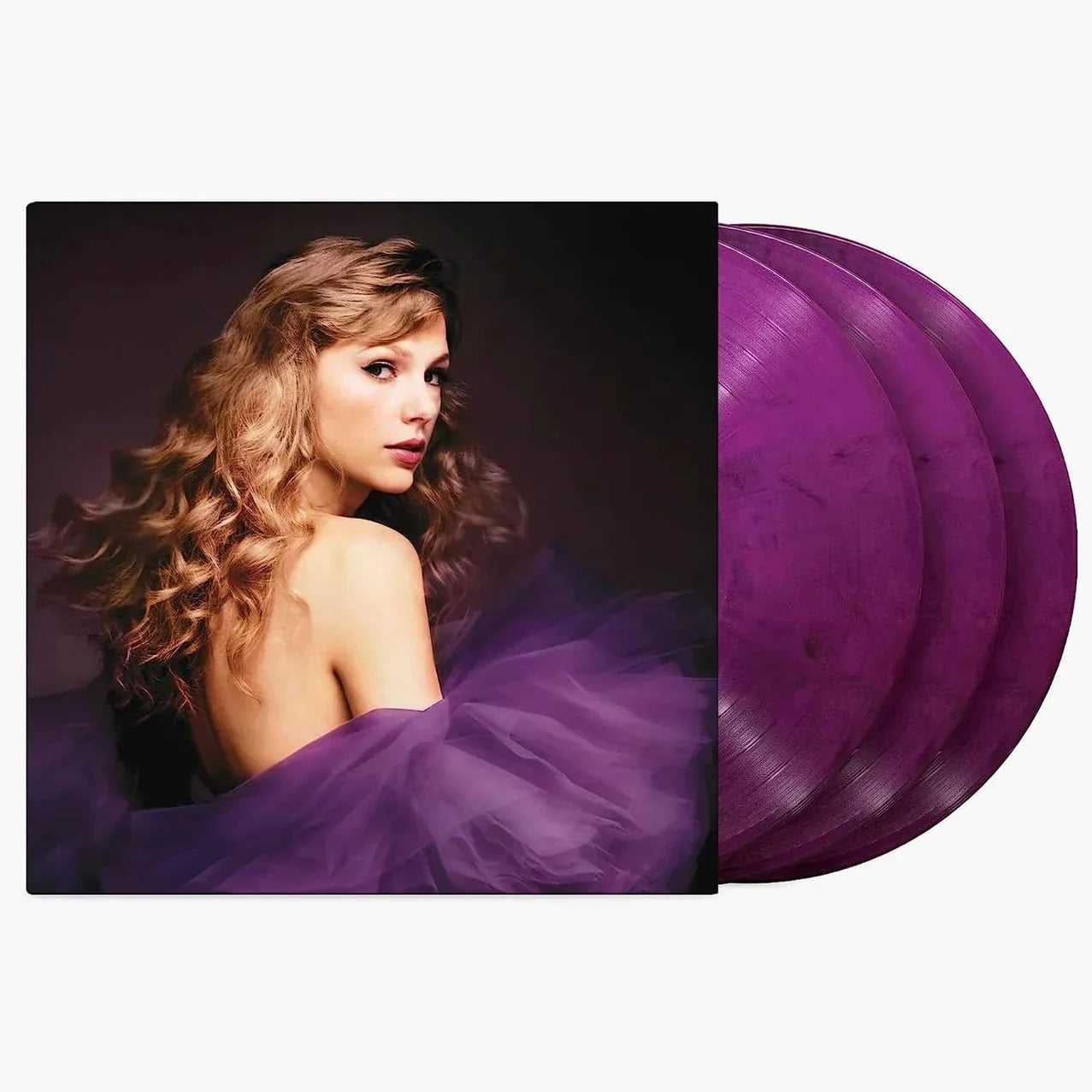
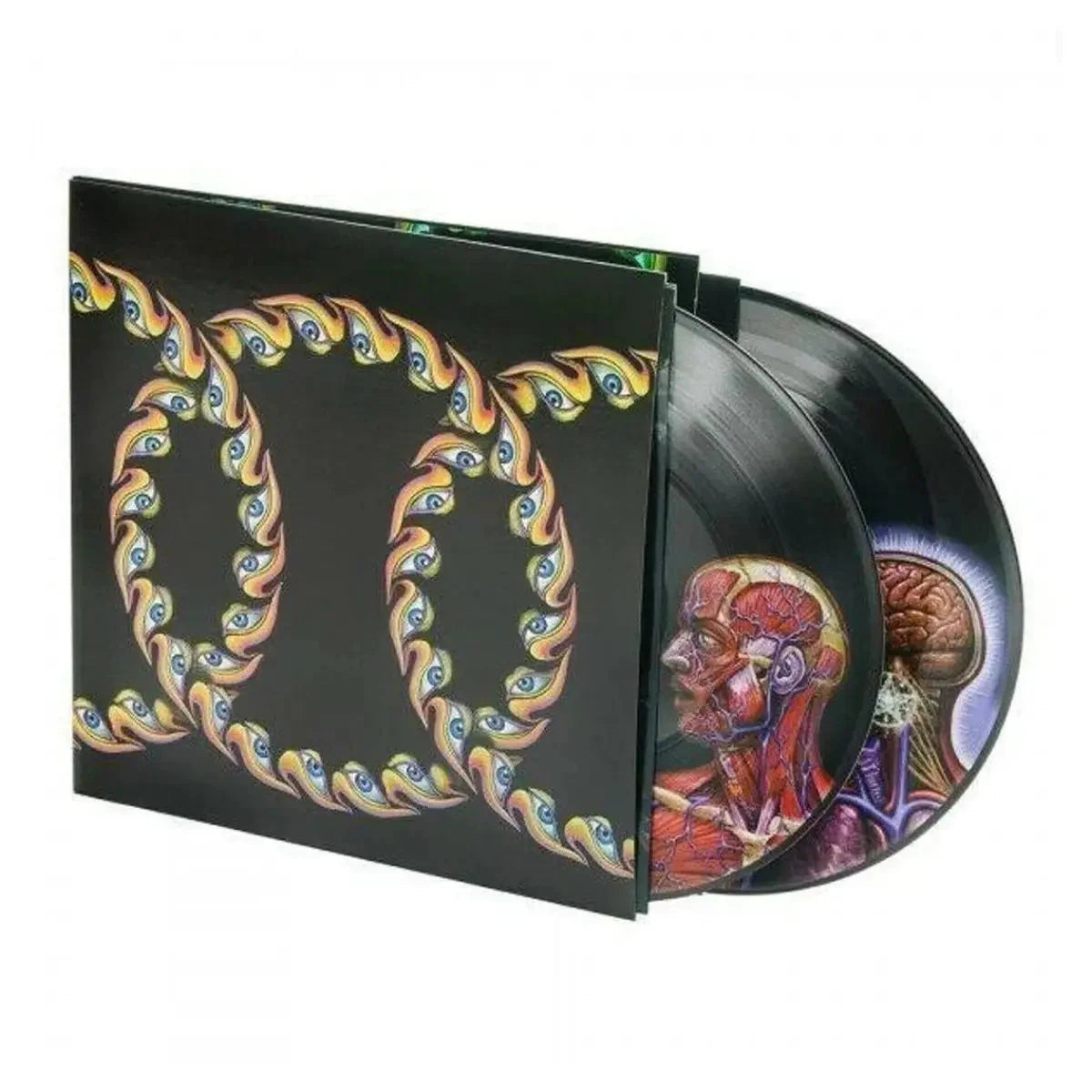
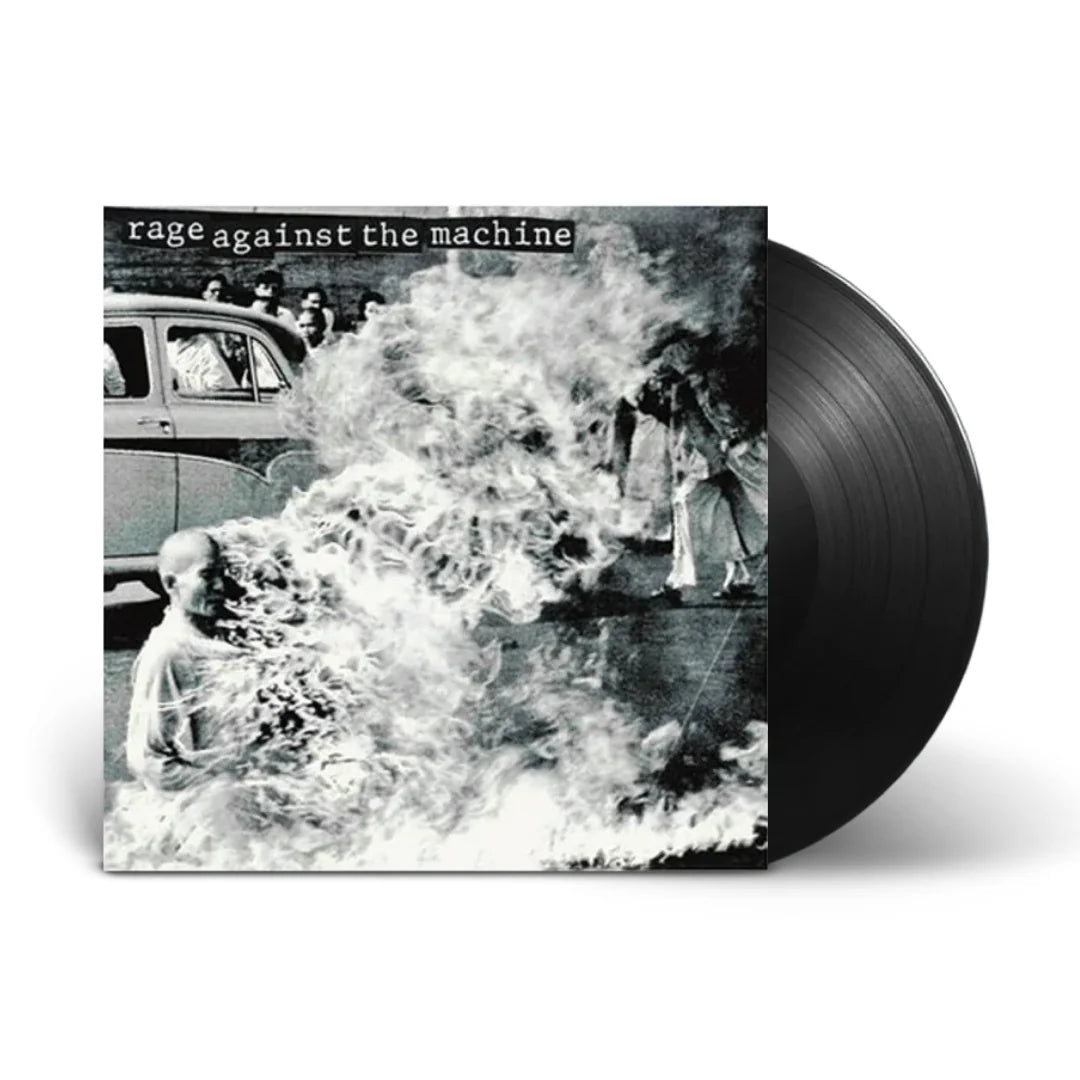
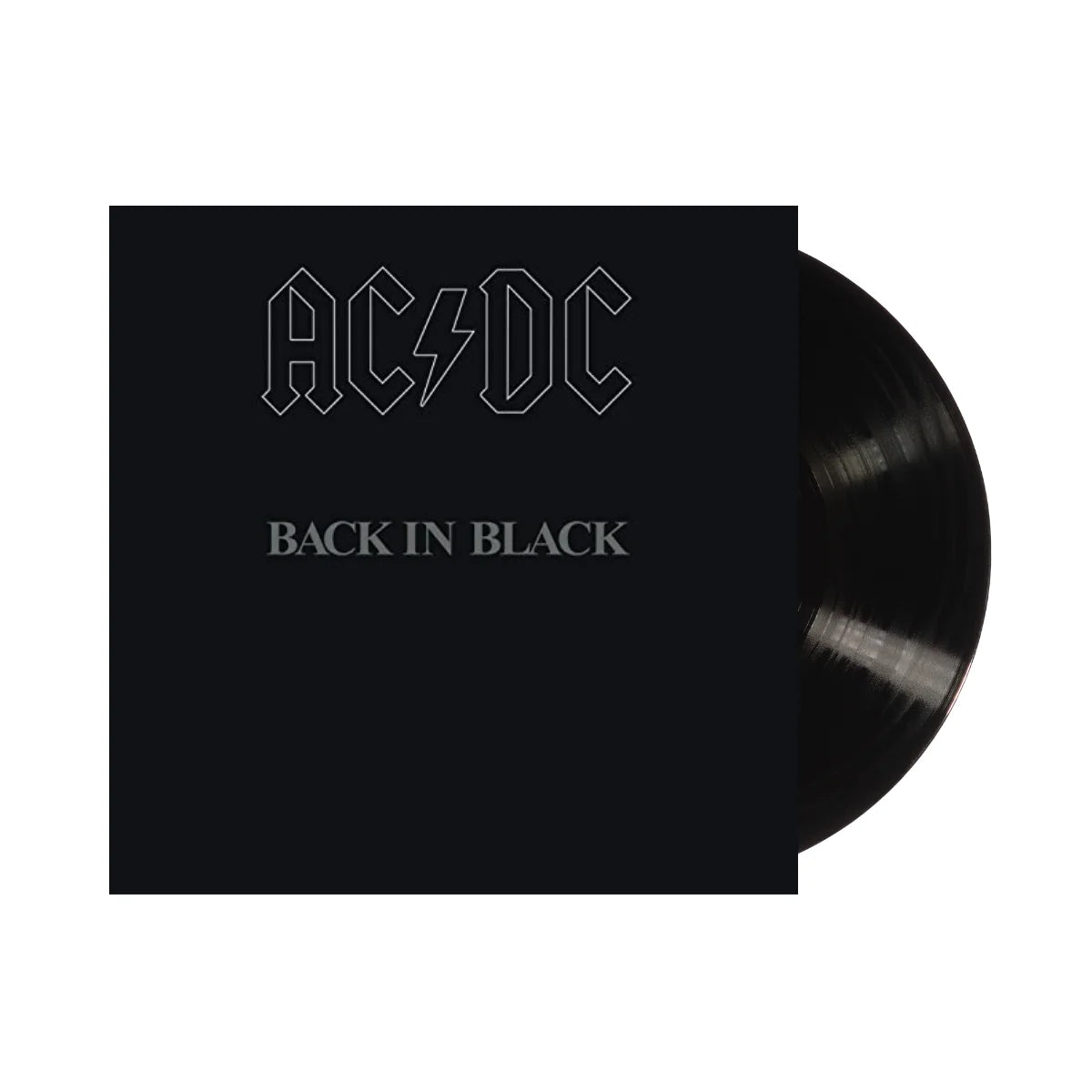
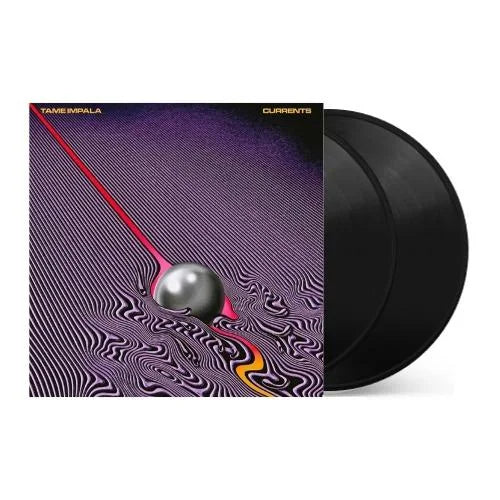
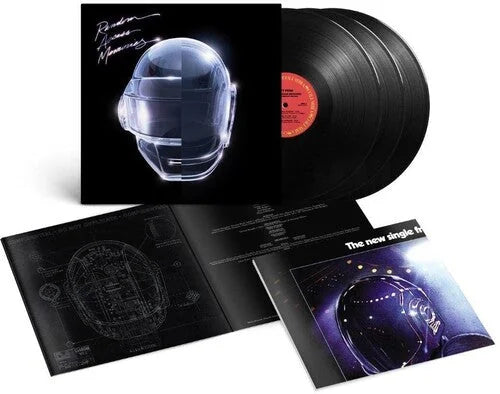
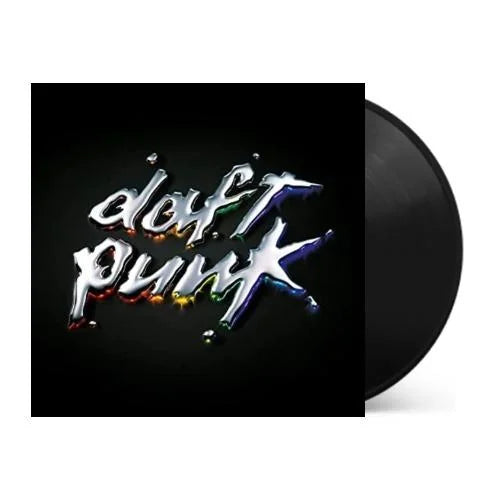
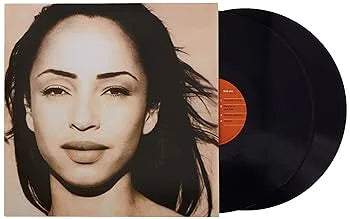
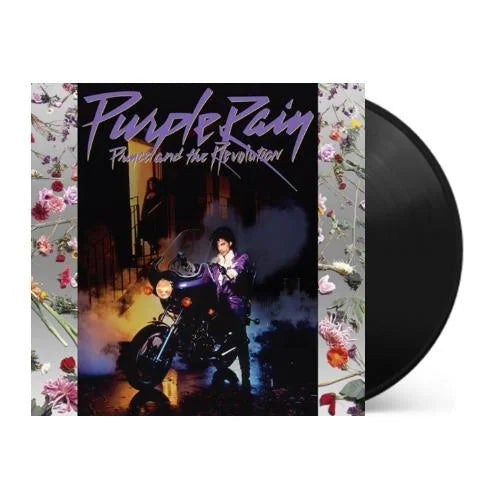
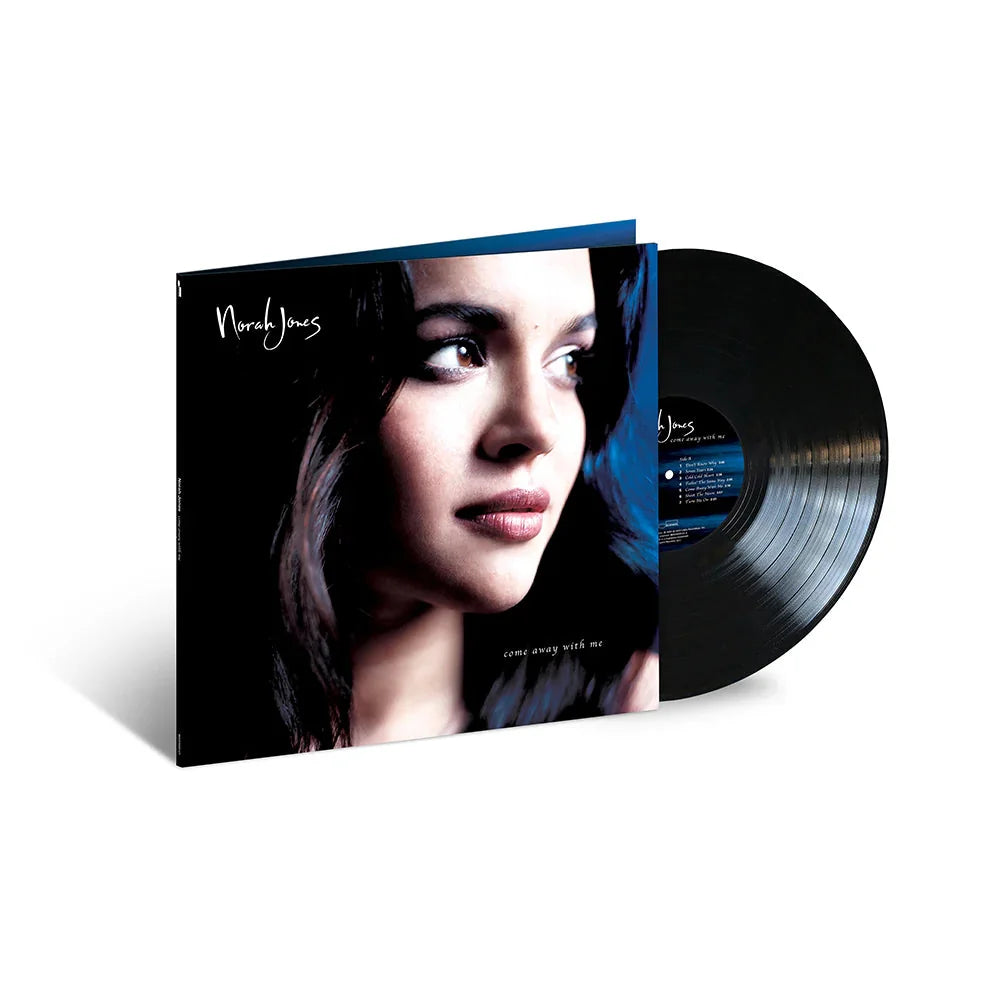
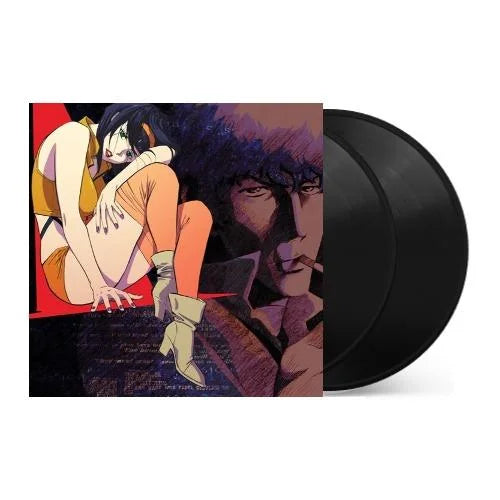
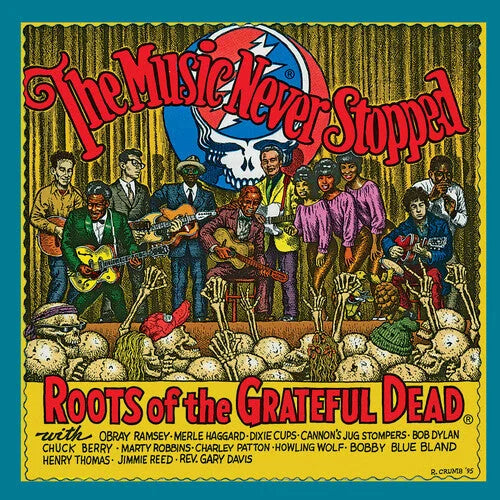
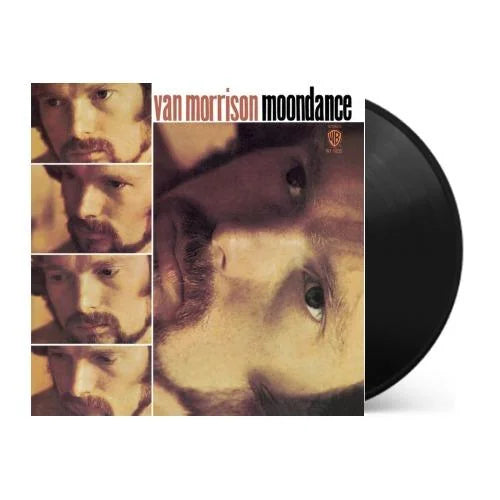
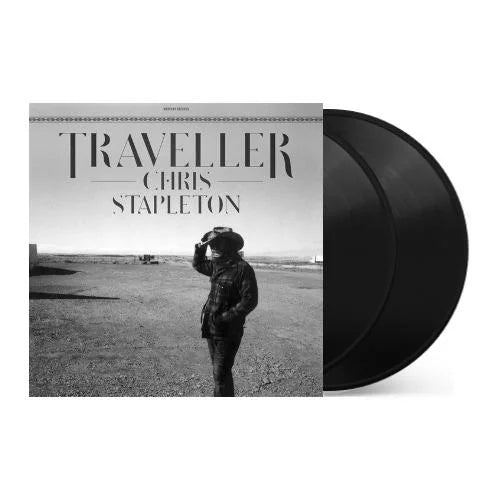
![Grace Jones - Nightclubbing [Gold]](http://vinyl.com/cdn/shop/files/4407705-3329230.jpg?v=1742429522&width=5760)
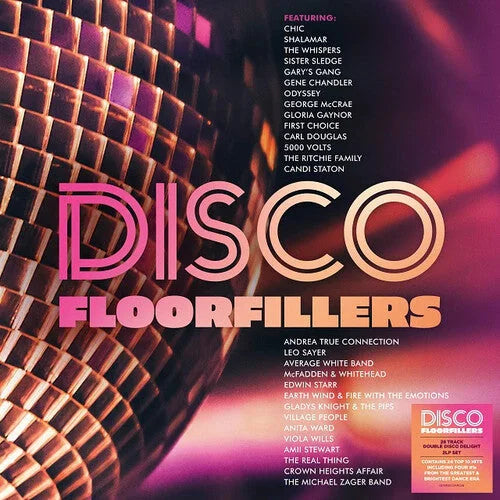

![Miles Davis - Kind of Blue [180-gram]](http://vinyl.com/cdn/shop/files/Y4LPMD03.webp?v=1742198237&width=5760)
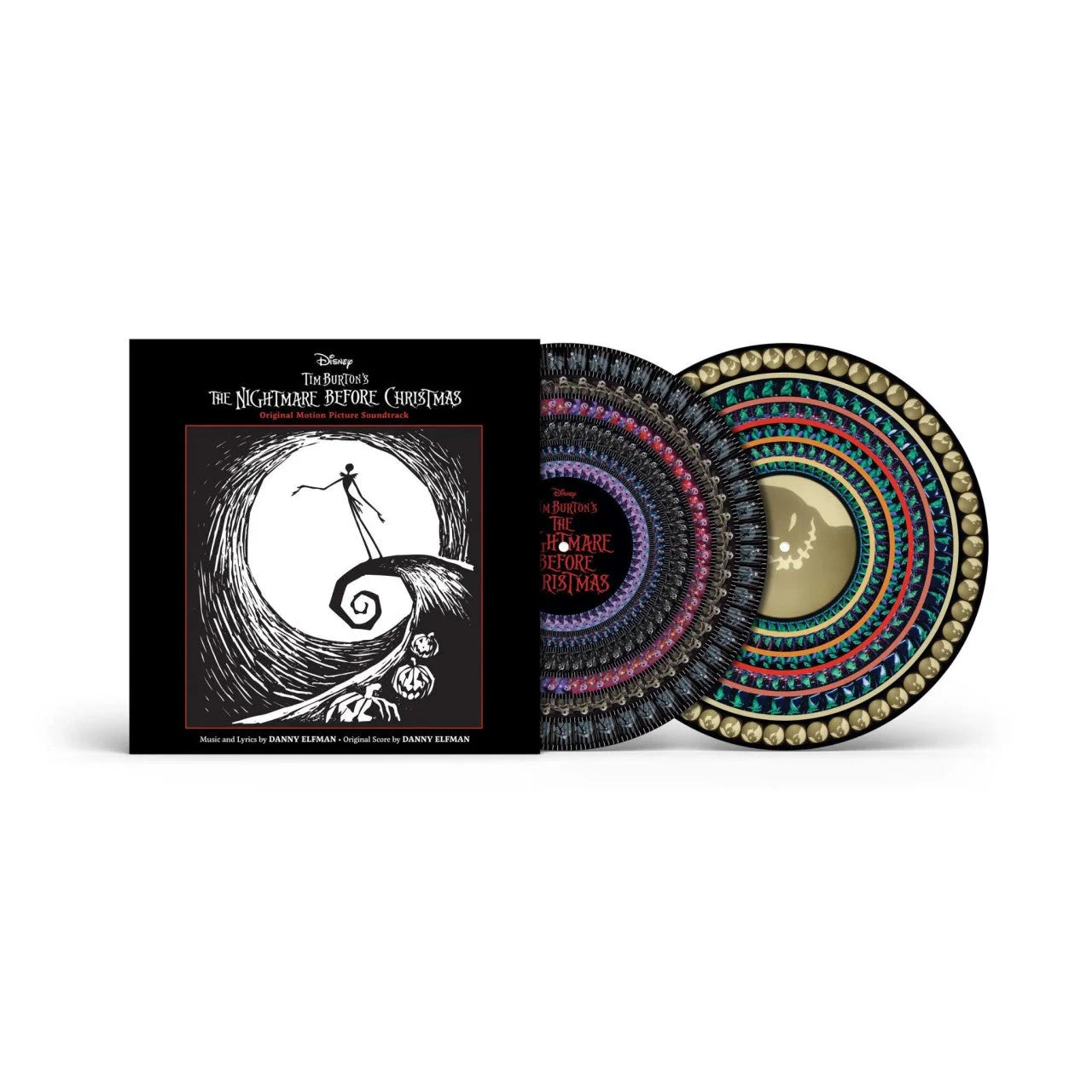
![Various Artists - Once Upon A Time: The Tarantino Sound [Red 180-Gram]](http://vinyl.com/cdn/shop/files/4376720-3283530.jpg?v=1733870948&width=5760)
